
Here, There, Everywhere: the Growth of the Co-Working Space
Burgeoning Co-Working Company WeWork came that close to becoming the largest lessee of Manhattan's iconic One World Trade Center. Just two days ago, negotiations between We Work and the Durst Organization ended as Durst received "more competitive numbers" from various media and technology companies.
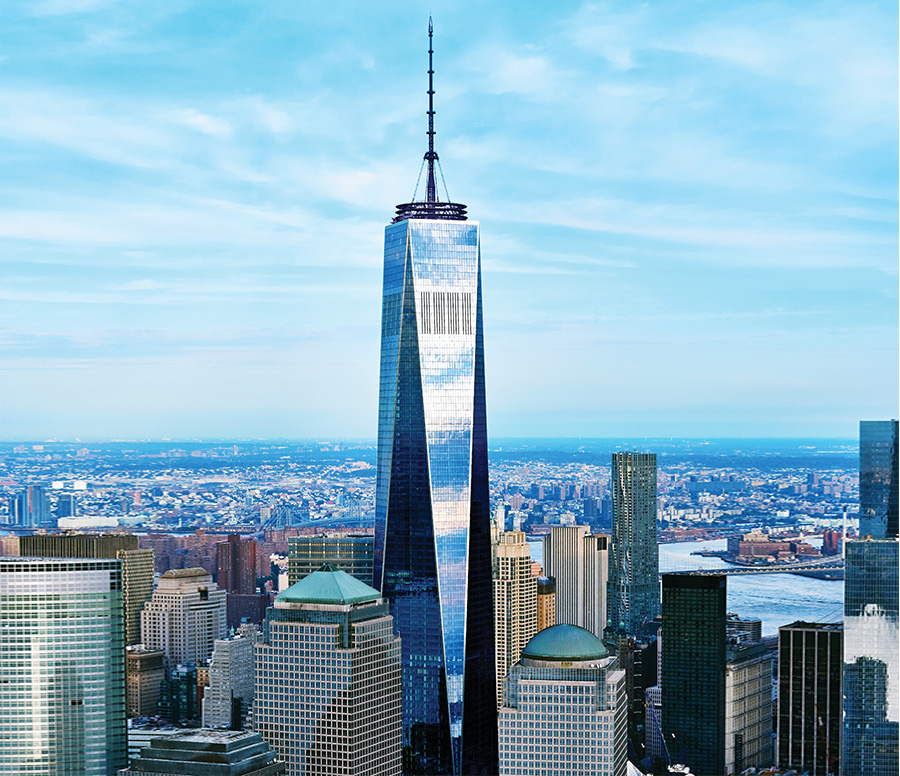
One World Trade Center
Even so, the growth forecast for We Work remains propitious. According to Real Estate analysts, WeWork is still likely to become the largest private occupier of Manhattan office space, probably before the end of the year. With new openings in 12 cities and 87 locations in the first half of 2018 alone, WeWork's growth trajectory is undeniable, and office planners, product manufacturers, and designers should take note.
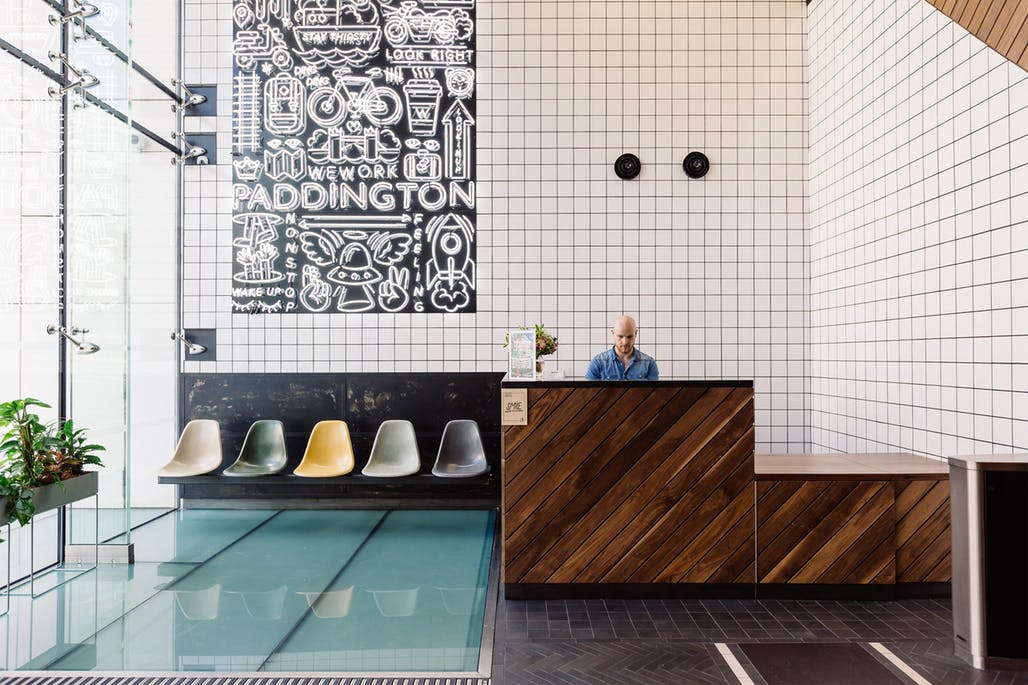
A WeWork Location in Paddington, London
The WeWork model-along with that of the additional 14,000 or so global co-working venues in operation at the end of 2017-has tapped into a palpable reality: a mobile workforce that desires the flexibility, comfort, and comradeship inherent in these venues. Part and parcel of this development is an evolution in the constituents of the workspace.
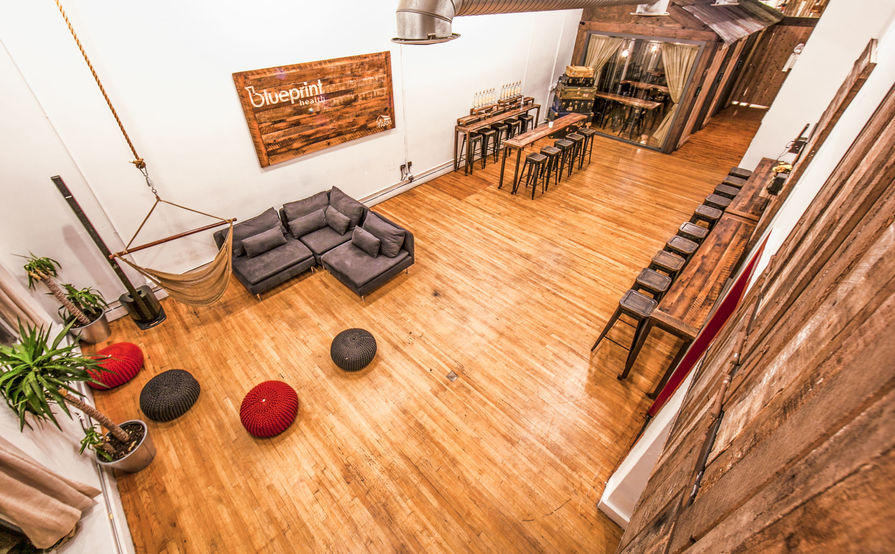
The Farm, Co-Working Space in Soho
Outfits like WeWork are keyed in to these changes. While the layout and furnishings of individual locations are uniquely attuned to the local demographic, most embrace arrangements with a residential feel: "Recruitment, retention, innovation, and productivity now require not just coffee, but also yoga, not just printers, but also art installations... WeWork offers companies of all sizes the opportunity to re-imagine employees' days through refreshing design, engaging community, and benefits for all."
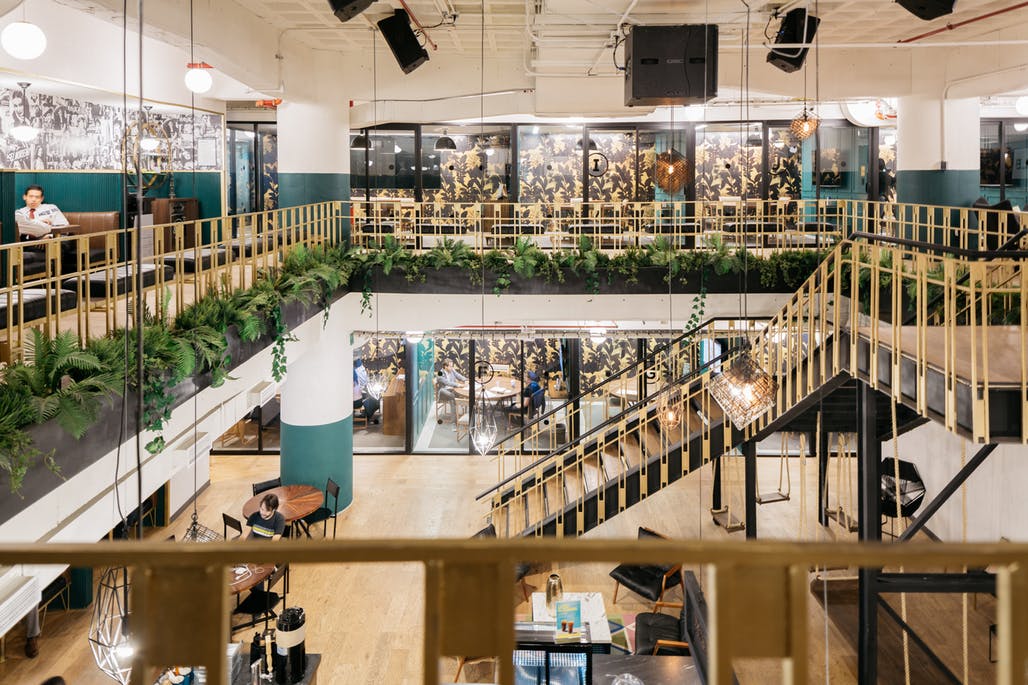
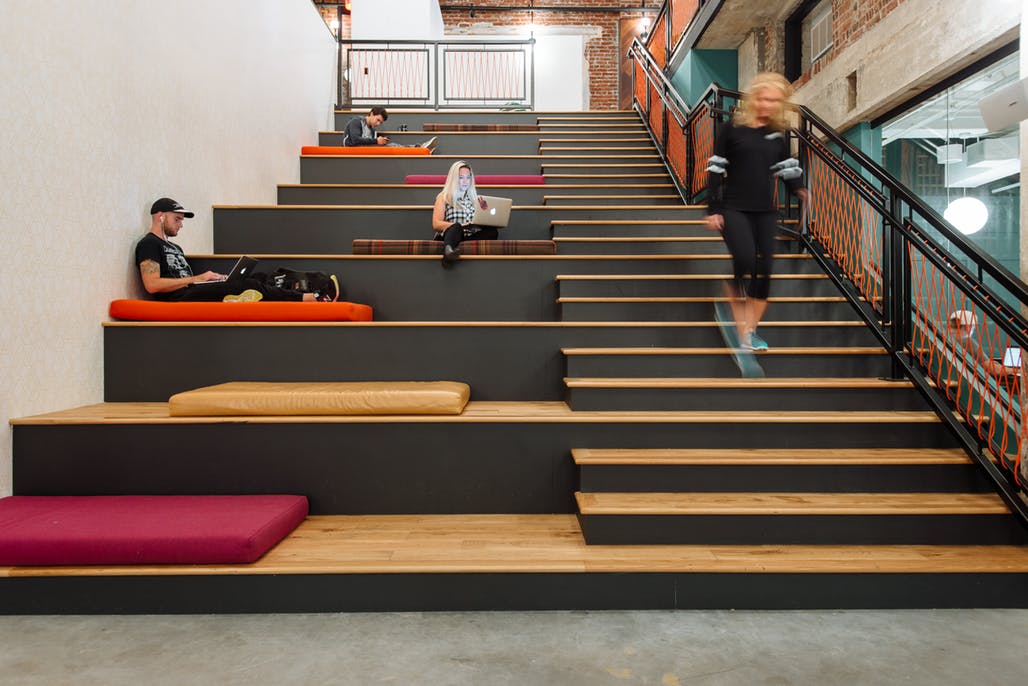
WeWork Locations in Mexico City (top) and Philadelphia
The above may not identify exactly what the co-working model means for specifiers and manufacturers, but it does suggest we're all in the midst of a large sea change. Furnishings will doubtless evolve along with the workers who utilize these spaces. Their strong opinions about how a workspace should function are already a significant driver of product design. With a projected annual growth rate of 16.2% through 2022, co-working spaces will continue to exert a profound influence on the industry.
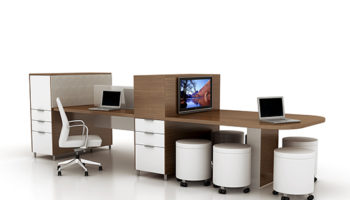
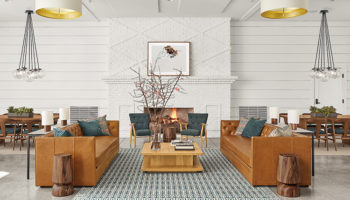

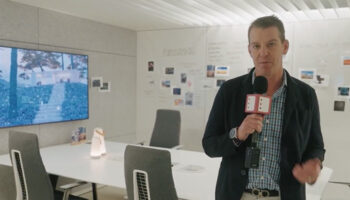
Leave a Reply